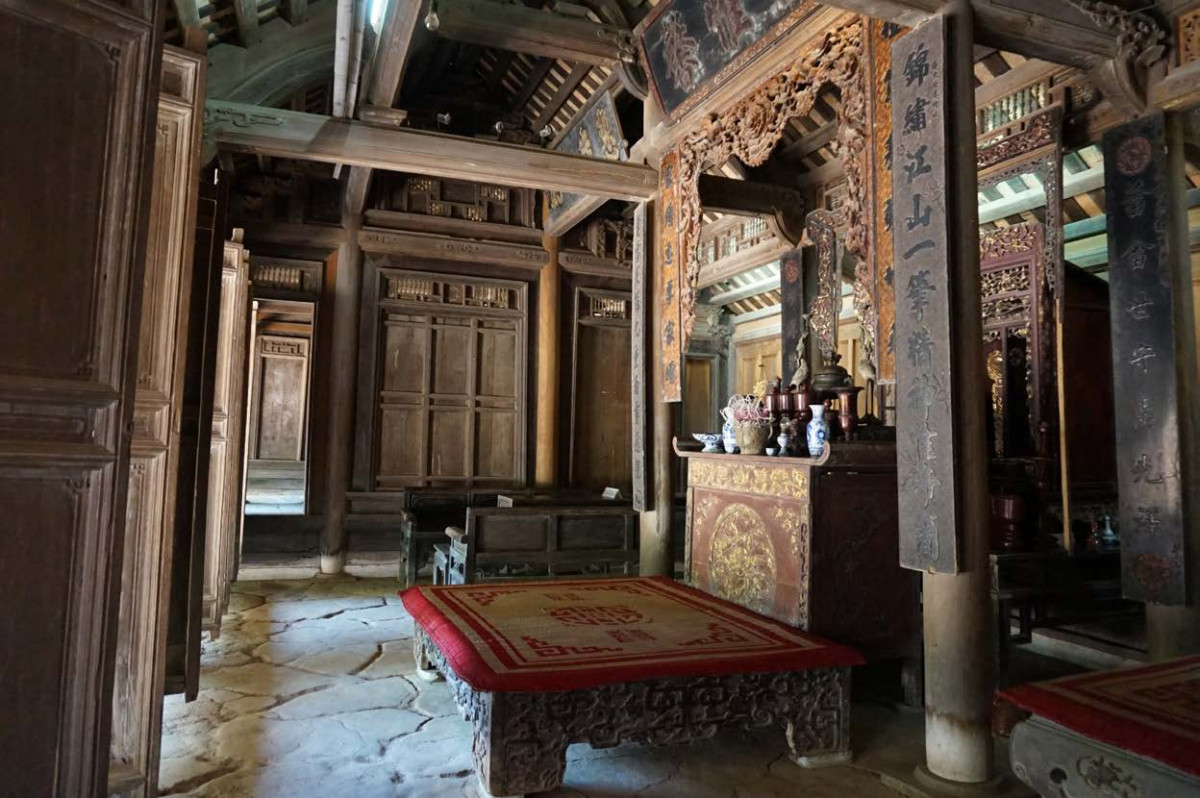Living Spaces
The Interaction and Transformation of Living Spaces and the Traditional Way of Life In Hanoi
- Author
- Giap Thi Minh Trang DLA
- Supervisor
- Major György DLA
- Year
- 2019
- Download disszertáció
Hanoi, currently a capital city with over seven million inhabitants, is a result of merging numerous small villages. Traditional customs therefore still have a strong influence on the city’s residents’ lives. After the 1986 Vietnam perestroika – which, among other things, ushered in a free property market –, the number of people moving to the city from the countryside increased drastically.
The city provides a different environment, different opportunities to its inhabitants. Population increase, economic development, modern lifestyle and outside influences all affect the development of housing solutions. Their goal, however, is mainly to cater to the increasing number of people promptly and to maximize financial gain.
My goal for this dissertation is to study the design and changes of different types of homes in Hanoi. Through case studies, I would like to present how elements of the traditional lifestyle are present in the urban environment. I drew a parallel between the transformation process of different dwelling types and factors from the rural lifestyle influencing spatial design and spatial use habits. This illustrates the importance of the traditional lifestyle in the everyday lives of today’s Vietnamese people. My observations include the wider living environment, where the structure and operation of communities is still very important.
The dissertation offers readers an overview on the changes of residential buildings in Hanoi and in the Red River Delta in light of traditional factors of spatial design and space use; raising awareness and providing evidence for the designer community to the fact that cultural background and customs should play a more significant role in designing living spaces.
